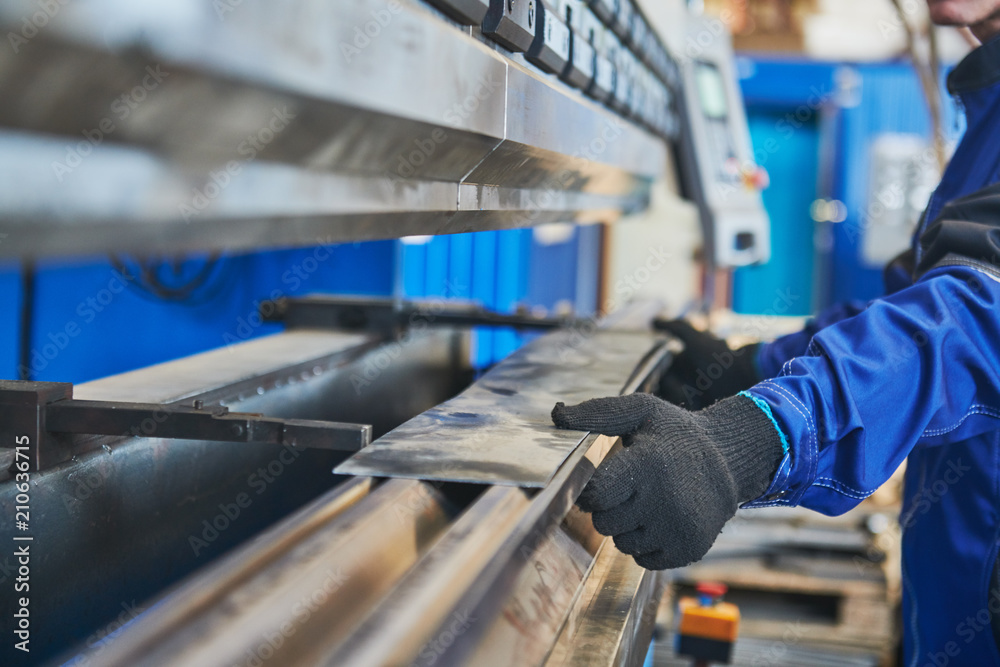
Power press machines are a fundamental and indispensable component in the world of manufacturing and metalworking. These powerful machines are utilized in various industries to shape, cut, and manipulate materials such as metal sheets, plastics, and composites. In this blog, we will delve into the basic understanding of power press machines, how they function, and their primary applications.
What is a Power Press Machine?
A power press machine is a mechanical device that uses significant force to shape or form materials. It operates by applying pressure or force to a workpiece, typically through a tool or die. This force can be generated using mechanical, hydraulic, or pneumatic mechanisms, depending on the type of power press machine.
Rajesh Machines tool provide shearing machine, CNC press brake machines, ironworker, and many more machines.
Types of Power Press Machines
There are three main types of power press machines, each utilizing a different mechanism to generate force:
-
Mechanical Power Presses: These machines use a mechanical flywheel, clutch, and motor to generate force and shape the materials. They are versatile and are widely used for various metalworking applications. shearing machine
-
Hydraulic Power Presses: Hydraulic power press machines use hydraulic cylinders to apply force. They are known for their ability to exert consistent force over a longer period, making them suitable for heavy-duty operations.
-
Pneumatic Power Presses: Pneumatic power press machines utilize compressed air to generate force. They are known for their speed and efficiency, making them ideal for applications that require rapid processing.
How Do Power Press Machines Work?
The working principle of a power press machine involves converting rotational energy (from a motor or flywheel) into linear motion. Here are the basic steps of how a power press machine works:
-
Energy Input: The power press machine receives energy from a source, usually an electric motor or a flywheel.
-
Energy Conversion: The machine converts the rotational energy into linear motion, which is achieved through a mechanical, hydraulic, or pneumatic mechanism.
-
Force Application: The machine applies this converted energy to a tool or die, which then exerts a force on the workpiece placed between them.
-
Material Shaping: The force applied by the tool or die shapes the material, cutting or forming it according to the desired design or pattern.
Applications of Power Press Machines
Power press machines find extensive applications across a wide range of industries, including:
-
Automotive Industry: Used for manufacturing car parts, chassis components, brackets, and more.
-
Aerospace Industry: Utilized in shaping and forming various aircraft components.
-
Appliance Manufacturing: Essential for producing components for appliances such as refrigerators, washing machines, and air conditioners.
-
Construction Industry: Employed to shape and cut materials like steel and aluminum for construction purposes.
-
Electronics Industry: Utilized in creating casings, brackets, and components for electronic devices.
In Conclusion
Power press machines are the backbone of modern manufacturing, allowing for efficient shaping and forming of materials to meet the demands of various industries. Understanding their types, working principles, and applications is essential for any business involved in manufacturing processes. As technology continues to advance, so too will power press machines, further enhancing efficiency, precision, and versatility in the production of a multitude of products.


